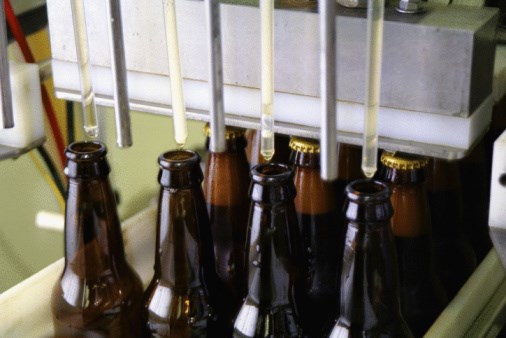The latest liquor market review by the sa╣·╝╩┤½├Į Liquor Distribution Branch offers an intriguing glimpse into what British Columbians were imbibing heading into the summer.
British Columbians love their beer ŌĆö particularly brewed-in-sa╣·╝╩┤½├Į beer, which made up a whopping 77 per cent of all beer consumed between April and June this year.
sa╣·╝╩┤½├Į-made beer racked up more than $225 million in sales during the quarter out of $305 million in total beer sales.
Large-scale commercial breweries produce the majority of that beer, including multinational conglomerates such as Labatt Breweries and Molson Coors, which have breweries in sa╣·╝╩┤½├Į
However, sales of beer from commercial breweries dipped almost nine per cent from the same period last year. Meanwhile, beer from sa╣·╝╩┤½├ĮŌĆÖs micro- and medium-scale breweries ŌĆö where ŌĆ£craftŌĆØ brews are usually produced ŌĆö was in higher demand. Seven per cent more microbrewery beer was sold, while sales from medium-sized breweries were up nine per cent.
After beer, wine is the second-most popular alcoholic drink, with more than $270 million in sales.
As with beer, demand for sa╣·╝╩┤½├Į-made wine far exceeds wine from any other area. In terms of litres sold, sa╣·╝╩┤½├Į wine makes up 53 per cent of all wine sold in the province, followed by wine from the United States, Italy, Australia and Chile.
But wine expert Anthony Gismondi warns the government numbers for wine should be taken with a grain of salt as it does not distinguish between VQA wines, which are 100 per cent grown and made in sa╣·╝╩┤½├Į, and wines which may be blended with imported grapes and then bottled here.
According to the sa╣·╝╩┤½├Į Wine Institute, the market share for litres of sa╣·╝╩┤½├Į VQA wine sold in the province was about 18 per cent in 2019, an all-time high.
Among sa╣·╝╩┤½├Į wines, Chardonnays, Sauvignon Blancs and other whites take top spot, said the report, followed closely by Cabernet Sauvignons and Pinot Noirs and other reds.
Reflecting global trends, sa╣·╝╩┤½├ĮŌĆÖs ros├® wines and sparkling wines recorded a boost in sales in litres, jumping about three per cent and 17 per cent respectively, compared to the same period last year.
Gismondi believes trendy ros├®s are at the end of a long run, while sparkling wines are still riding the wave. Sparkling wine has enjoyed increasing global popularity in recent years, particularly Italian Prosecco, which sent a message that fizzy wine doesnŌĆÖt have to come from FranceŌĆÖs Champagne region. ŌĆ£That opened the door for people in making and drinking sparkling wine in sa╣·╝╩┤½├Į,ŌĆØ Gismondi said. ŌĆ£ItŌĆÖs something sa╣·╝╩┤½├Į does very well.ŌĆØ
A similar uptick is happening with wine from Spain, with sales volume rising 42 per cent.
Spain produces a lot of wine thatŌĆÖs organic and small scale, said Gismondi.┬ĀŌĆ£ItŌĆÖs hip at the moment. It all goes through cycles. First, it was Argentina, then Australia, and California. Spain was in there 20 years ago and now theyŌĆÖre back.ŌĆØ
As millennials overtake baby boomers, Gismondi believes this will mean a market shift toward beer and spirits away from wine.
He said the younger generation is savvier and better-educated about the entire spectrum of alcoholic beverages than boomers were. ŌĆ£They have more interesting choices,ŌĆØ he said, comparing the syrupy sweet cocktail drinks served in bars 30 years ago with todayŌĆÖs artisanal, handmade drinks. ŌĆ£ThereŌĆÖs a lot more going on in there. The [drinks] are mostly better quality and more interesting.ŌĆØ
That generational shift is expected to benefit spirits, which came in third with close to $193 million in sales for the quarter.
ŌĆ£Refreshment beverages,ŌĆØ a category that includes cider and coolers, had about $86 million in sales.
Among spirits, vodka is the most popular, followed by whiskey, rum, liqueurs and gin.
Purists may sniff, but the largest jumps among subcategories in spirits were for flavoured gin and flavoured whiskey. While quantities sold are small, sales in litres for flavoured gin rose 90 per cent while sales for flavoured whiskey increased 16-fold.



